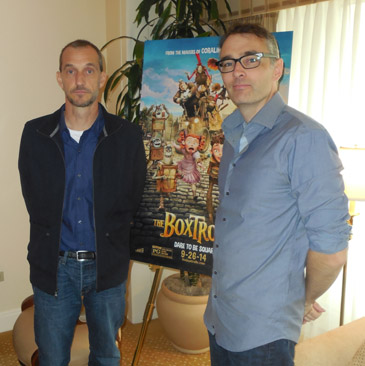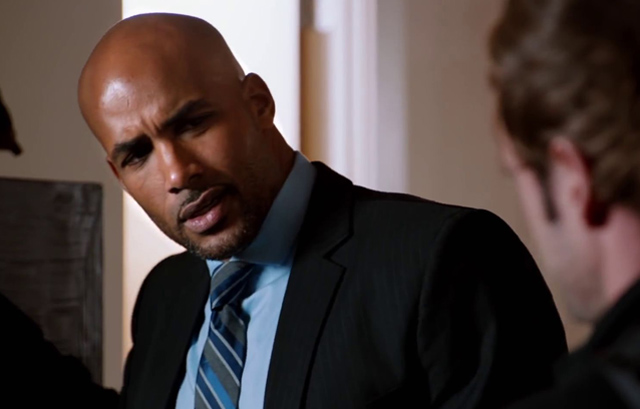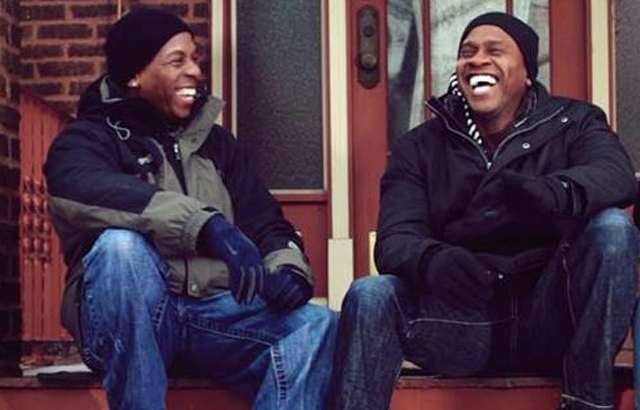CHICAGO– “No soup for you!” is one of the most memorable TV catchphrases of the 1990s, uttered into immortality by actor Larry Thomas on “Seinfeld,” who portrayed “The Soup Nazi.” Thomas was in the Chicago area recently to act in “Mind Over Mindy,” a new comedy from writer/director Robert Alaniz.
Larry Thomas was born in Brooklyn, and has been a working actor since the 1980s. He made his appearance on “Seinfeld” in 1996, and garnered an Emmy nomination for his Soup Nazi role, and he also appeared in the final episode of “Seinfeld.” Since then, he has continued to do character roles in TV and films such as “Austin Powers: International Man of Mystery,” “Arrested Development,” “Scrubs,” a spoof called “Zero Dark Dirty” and Robert Alaniz’s previous film “You Don’t Say!”.
He also continues to appear as The Soup Nazi at events, including a recent 25th anniversary celebration of “Seinfeld’s” first season, when he threw out the first pitch at on “Seinfeld Night” for the Brooklyn Cyclones minor league baseball team.
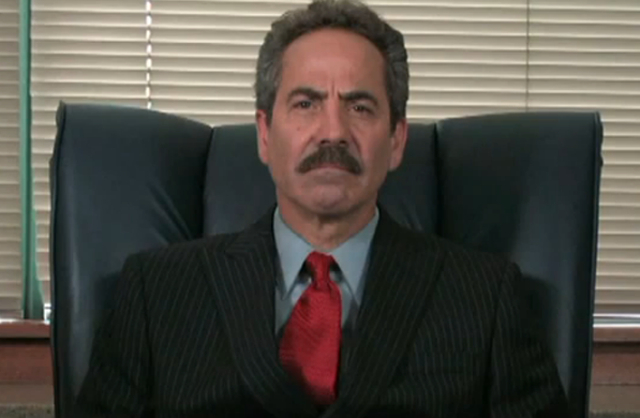
Larry Thomas in Robert Alaniz’s ‘You Don’t Say!’
Photo credit: Sole Productions
HollywoodChicago.com talked to Larry Thomas at a break while on set with “Mind Over Mindy,” the most recent independent film for writer and director Robert Alaniz, who also participated in the interview.
HollywoodChicago.com: You are back collaborating with Robert Alaniz on his latest comedy, ‘Mind Over Mindy.’ Besides the fact that he asked you to be in it, what other points about Robert’s style brought you back to his set?
Larry Thomas: I like the way he works, he’s easy on the actors, making us feel like what we’re doing is right. He’s also very collaborative, he likes to work with with you on creating the character and establishing the different motivations for them.
HollywoodChicago.com: What is your role in the film and how are you approaching doing something different than what you did in Alaniz’s last film, ‘You Don’t Say’?
Thomas: Robert and I created this character together, he was writing ‘Mind Over Mindy’ while I was in town for the premiere of ‘You Don’t Say!’ We started talking about a therapist character, and what makes them crazy. We came up with an idea that he was schizophrenic, and we liked that because it was funny.
As we started working on it, and created a short film for the Indiegogo campaign of ‘Mind Over Mindy,’ it occurred to us that there was a lot of logic as to why this character was schizophrenic. Because he is a therapist, he doesn’t feel comfortable with his anger, so he has created another personality to feel the anger for him.
HollywoodChicago.com: How is it working out?
Thomas: It’s working out fine, because all of the dialogue is leading up to it. Tom – the main character in the film – keeps saying things that make me angry, and that creates the little outbursts of this other personality, so it’s actually working out really well.
HollywoodChicago.com: You were born Larry Tomashoff, and your origins allow you to play various ethnic roles over the years. What is your true ethnic origin and how do you think it allows the range of ethnicities that you’ve portrayed?
Thomas: I’m three-quarters Russian and one-quarter Romanian, I think it was that one-quarter Romanian that made me darker that other members of my family [laughs]. I somehow got stuck with the darkest coloring than anybody in my family. When I was a kid, people thought I was Italian, Greek or Middle Eastern. In junior college theater, directors always wanted to cast me to do ‘the foreign guy.’ So I did get good at doing dialects, which helps me a lot now, and now those are the types of characters I play.
Robert Alaniz: Larry and I were talking about that last night. I was referred to Larry when I did ‘You Don’t Say!,’ and I remember asking the director that referred him, ‘does he look Mexican to you?’ [Thomas portrayed a Mexican businessman]. And he said, ‘yeah, he could pass for Mexican.’ [laughs] That’s how I cast him.
HollywoodChicago.com: Okay, so when you and Larry were talking about ‘Mind After Mindy’ during your last film’s debut, how did you subsequently develop the character from there, and make it work for this film?
Alaniz: Larry and I had just made an appearance on WCIU-TV here in Chicago, which syndicates ‘Seinfeld,’ and since we had some time to kill I told him about the idea for a guy that dreams about this one girl, which ruins all his other relationships, and so he goes to see this therapist to understand the reason for all this. One of the things that bother me is that with doctors, there is always a bad one out there, and – as George Carlin once said – someone has an appointment to see him tomorrow.
So the situation was I could I take this therapist, who seems completely normal, and yet he has ‘something wrong with him.’ Larry and I started talking about it, and schizophrenia came up, which sounded fun. So what if the character was sitting and talking to the therapist, and another voice starts coming from the doctor. Larry started doing the voices, and it was really funny. So I wanted to give him a bigger part – because I really liked working with him on ‘You Don’t Say!’ – so I cast him as Dr. Fisher.
HollywoodChicago.com: You’ve done Middle Eastern characters, a perceived enemy of the United States. When you’re doing something like the spoof ‘Zero Dark Dirty,’ or the script allows you some room, what kind of subtlety do you want to create beyond just the instruction ‘be the enemy’?
 Larry Thomas as ‘The Soup Nazi’ Photo credit: Sony Pictures Home Entertainment |
Thomas: It depends on the character, every role I do inspires me to want to do something different. When I played Osama Bin Laden in the film ‘Postal,’ I played him as kind of a frustrated figurehead, because he’s got an army of guys who think if they’ve killed they’ll have 100 virgins waiting for them in the afterlife. And that right there is what causes him trouble, because they can’t think on their own. I liked that idea, because he ends up in a management seminar at a Holiday Inn to figure out how to handle these guys.
In ‘Zero Dark Dirty’ I played a nice guy, kind of a dramatic part, in which I get to be sensitive and cry. I just wanted to do it because it gives people an opportunity to see another side of what I can do.
HollywoodChicago.com: You recently participated in the 25th Anniversary of ‘Seinfeld,’ celebrating your most famous role. Besides everything that character did for you, do you find after 25 years that your work should be separating you from him, or do you continue to want to celebrate him?
Thomas: I feel that my work separates me from him. Whenever anybody asks me whether I’ve gotten any roles besides The Soup Nazi, that’s obviously frustrating, but it also shows that people don’t recognize me in the other things I’ve done. Which means I’m doing it right as a character actor.
But the thing about The Soup Nazi that I love, and it goes on and on - people love the character because he is cool. I like being known for a cool character. For example, I was recently interviewed for Rolling Stone magazine, and the guy asked if I like being associated with the character. I replied, well let me put it this way, I’m being interviewed by the Rolling Stone [laughs]. Most of the time, I’m not even cool enough to read Rolling Stone. I do enjoy the connection.
HollywoodChicago.com: So besides any circumstance having to do with your most famous character, at what point in your acting career did you turn around and wonder, ‘how did I get here?’
Thomas: Every minute I wonder that. Back when I decided to be an actor, never in my wildest dreams did I think it would have happened like this. I may have had four or five scenarios I could have imagined, but none of them are this.
 | By PATRICK McDONALD |
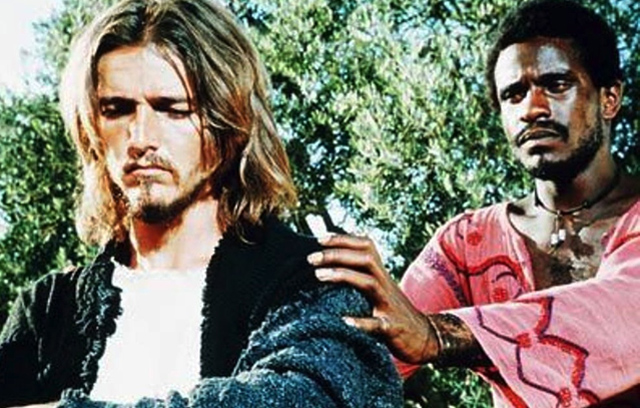
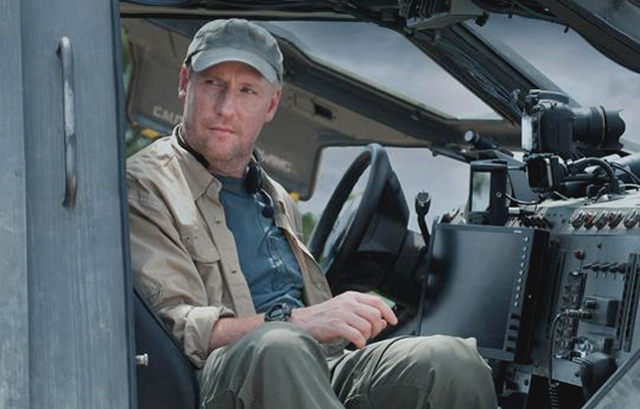
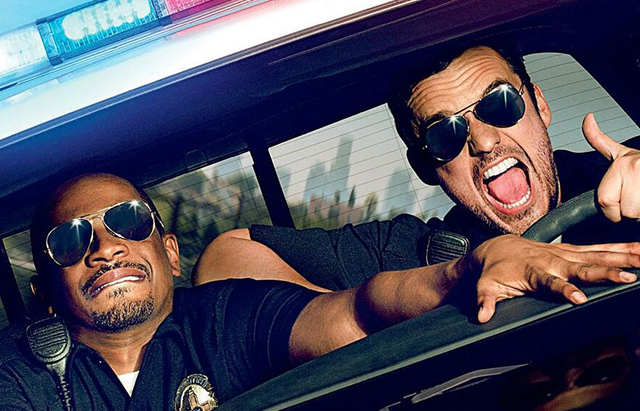
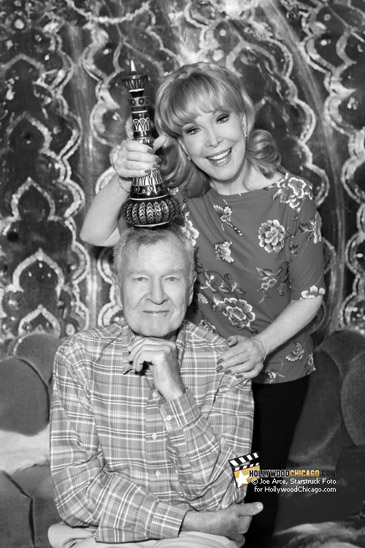
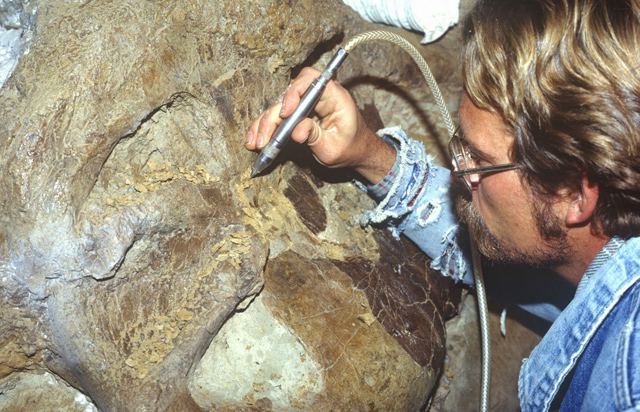

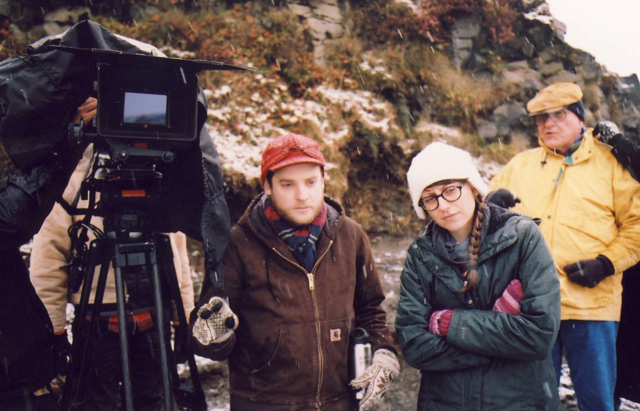

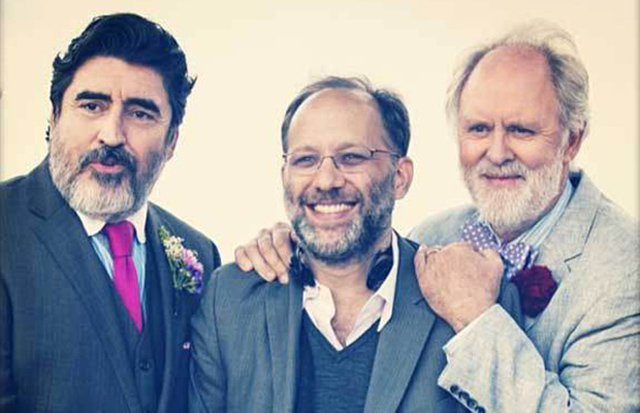
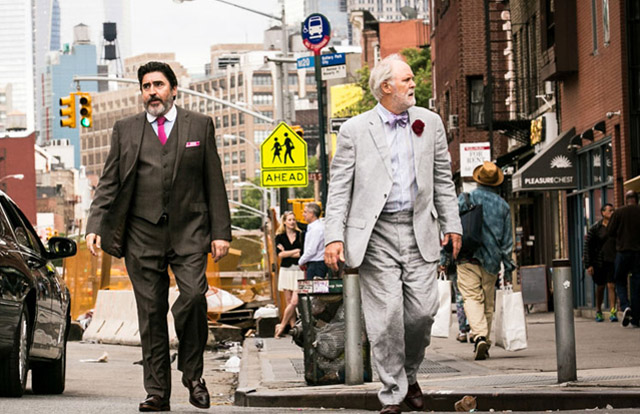






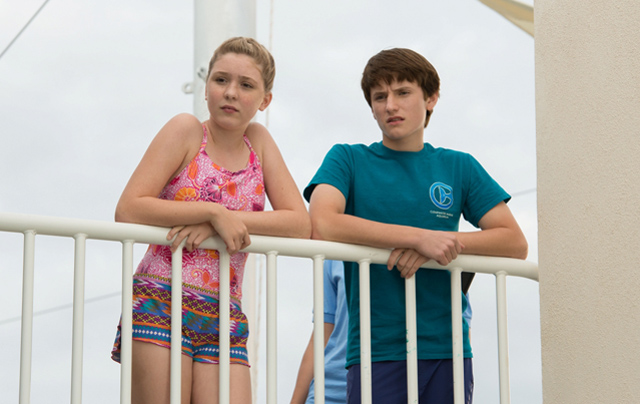
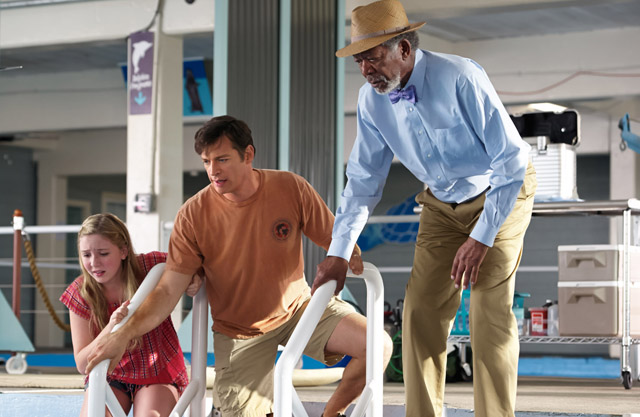
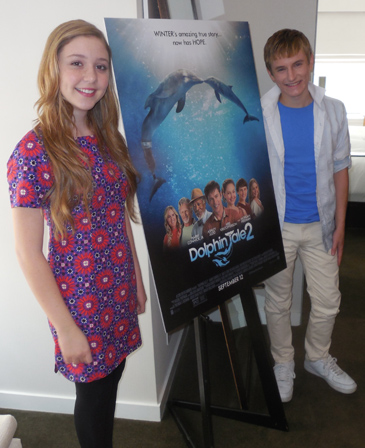
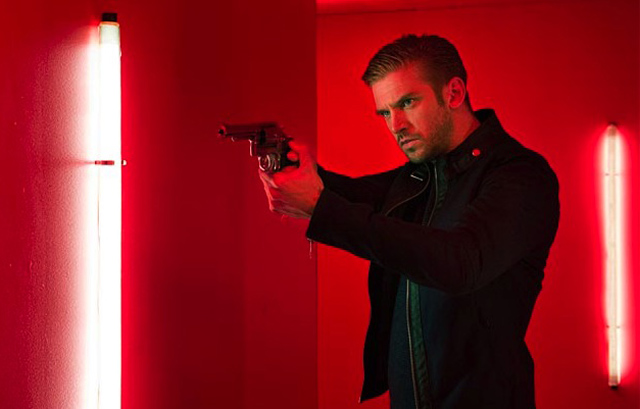
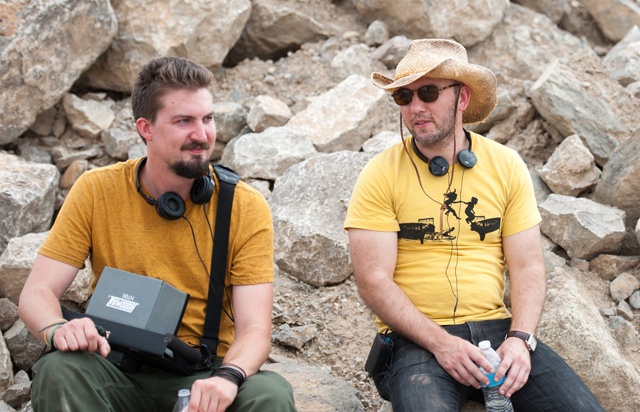
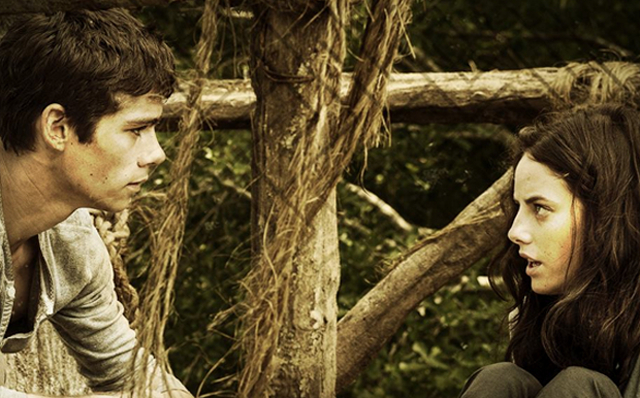

 Michelle Hendley, Lead Actress in “Boy Meets Girl”
Michelle Hendley, Lead Actress in “Boy Meets Girl”


